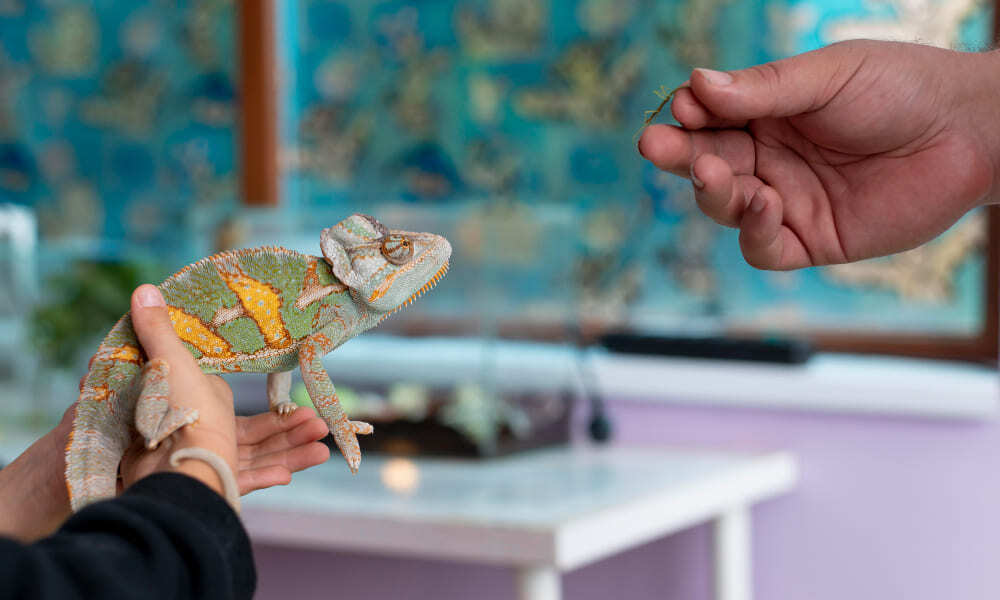The best pet is one that fits daily rhythms, living space, budget, and experience level. Use this guide to match species and breeds to real‑life constraints—so the commitment feels joyful, not stressful.
Step 1 — Audit Your Lifestyle (Honestly)
- Time at home: hours available for feeding, exercise, training, and companionship.
- Activity level: couch‑cozy, weekend warrior, or daily runner.
- Work pattern: remote, hybrid, or long shifts away from home.
- Allergies: anyone sensitive to dander, hay, or feathers.
- Noise tolerance: apartments and shared walls change what’s practical.
- Travel frequency: plan for sitters, boarding, or travel‑friendly species.
A pet is a multi‑year commitment. Match the next 5–10 years, not just the next 5–10 weeks.
Step 2 — Define Space and Housing Rules
- Square footage and layout: stairs, balconies, secure yard, or small studio.
- Landlord/HOA rules: size/breed restrictions, pet fees, number of animals.
- Safe zones: where a crate, litter box, cage, or enclosure fits comfortably.
- Neighbors: noise and odor control plans (litter box, cage cleaning, barking management).
Step 3 — Budget the Real Costs
Upfront
- Adoption/purchase, spay/neuter, first vet exam, vaccines.
- Setup: crate/carrier, litter box, enclosure, habitat equipment.
- Training classes or behavior consult if needed.
Monthly/Annual
- Food, litter/bedding, grooming, toys/enrichment.
- Preventatives (flea/tick/heartworm), annual exams, dental care.
- Pet insurance or emergency fund for unexpected care.
Create an emergency buffer (target: $1,000–$2,000) or a robust insurance plan—especially for dogs and
cats.
Step 4 — Match Species to Your Reality
Dogs
- Pros: social, trainable, active companionship.
- Needs: daily exercise, training, housebreaking, time presence.
- Best for: people with time for walks and structure; yards help, not required.
Cats
- Pros: independent, apartment‑friendly, litter trained.
- Needs: play, scratching posts, vertical space, routine vet/dental care.
- Best for: moderate time at home, multi‑pet households.
Small Mammals
- Rabbits/Guinea Pigs: social, need large enclosures + floor time.
- Hamsters/Gerbils: more solitary/nocturnal; enrichment and secure habitats.
- Best for: calm homes with space for proper setups and gentle handling.
Birds
- Pros: interactive, intelligent, trainable; many bond closely.
- Needs: noise tolerance, daily out‑of‑cage time, enrichment, skilled care.
- Best for: at‑home owners who enjoy training and mental stimulation.
Reptiles/Amphibians
- Pros: low dander, quiet, fascinating behaviors.
- Needs: precise heat/UVB/humidity, correct diet; handling varies by species.
- Best for: detail‑oriented owners comfortable managing habitats.
Fish & Invertebrates
- Pros: peaceful, space‑efficient, educational ecosystems.
- Needs: cycling, water testing, filtration; consistent maintenance.
- Best for: those who prefer observing to handling.
Step 5 — Consider Breed/Species Temperament and Care
- Energy: sighthounds vs. herding dogs; Persians vs. Bengals; budgies vs. cockatoos.
- Grooming: double‑coats, long‑hair breeds, professional grooming needs.
- Trainability: desire to please, food motivation, independence.
- Health: breed‑linked conditions, lifespan, likely medical costs.
- Noise: vocal breeds (husky, Siamese, parrots) vs. quieter options.
Avoid choices based on looks or trends. Visit rescues/breeders, ask about daily realities, and meet
adult examples when possible.
Decision Flow: Quick Matchmaker
- Apartment, long workdays, low noise tolerance → cat, older small dog, or fish/reptiles.
- Active, loves training, flexible schedule → dog (sporty or trainable companion breed).
- Allergy concerns → consider poodle‑mixes (grooming needed), some cats with lower dander, reptiles/fish.
- Kids at home → sturdy, tolerant adult cats/dogs; avoid tiny or fragile small pets for young children.
- Enjoy observing ecosystems → freshwater nano tank or planted aquarium.
Puppy vs. Adult Dog, Kitten vs. Adult Cat
Why Choose an Adult
- Established temperament and size known.
- Often housetrained; lower chew/scratch phase.
- Great for first‑time owners wanting predictability.
Why Choose a Youngster
- High imprint period for training and socialization.
- Requires time for housebreaking and boundaries.
- Best when someone is home frequently at first.
Ethical Sourcing: Rescue, Breeder, or Store?
- Rescue/Shelter: meet‑and‑greets, foster notes, behavior support; mixed‑breed resilience.
- Responsible Breeder: health testing, contracts, lifetime take‑back, transparent care.
- Avoid: mills, vague paperwork, poor socialization, pressure tactics.
For exotics, buy captive‑bred when possible; ensure legal, humane sourcing and proper permits.
Home Trial and First 30 Days
- Set up a safe zone before arrival (crate/room/enclosure).
- Book a vet exam within a week; review diet, vaccines, preventatives.
- Establish routine: feeding, toilet, play/enrichment, rest.
- Introduce gradually to children and other pets; supervise closely.
- Enroll in training or behavior support early if needed.
Common Mistakes to Avoid
- Choosing based on looks or viral trends instead of needs and reality.
- Underestimating time for exercise, cleaning, grooming, or training.
- Skipping a budget for emergencies or insurance.
- Ignoring housing rules or neighbor tolerance for noise/odors.
- Not planning for vacations, moves, or life changes.

